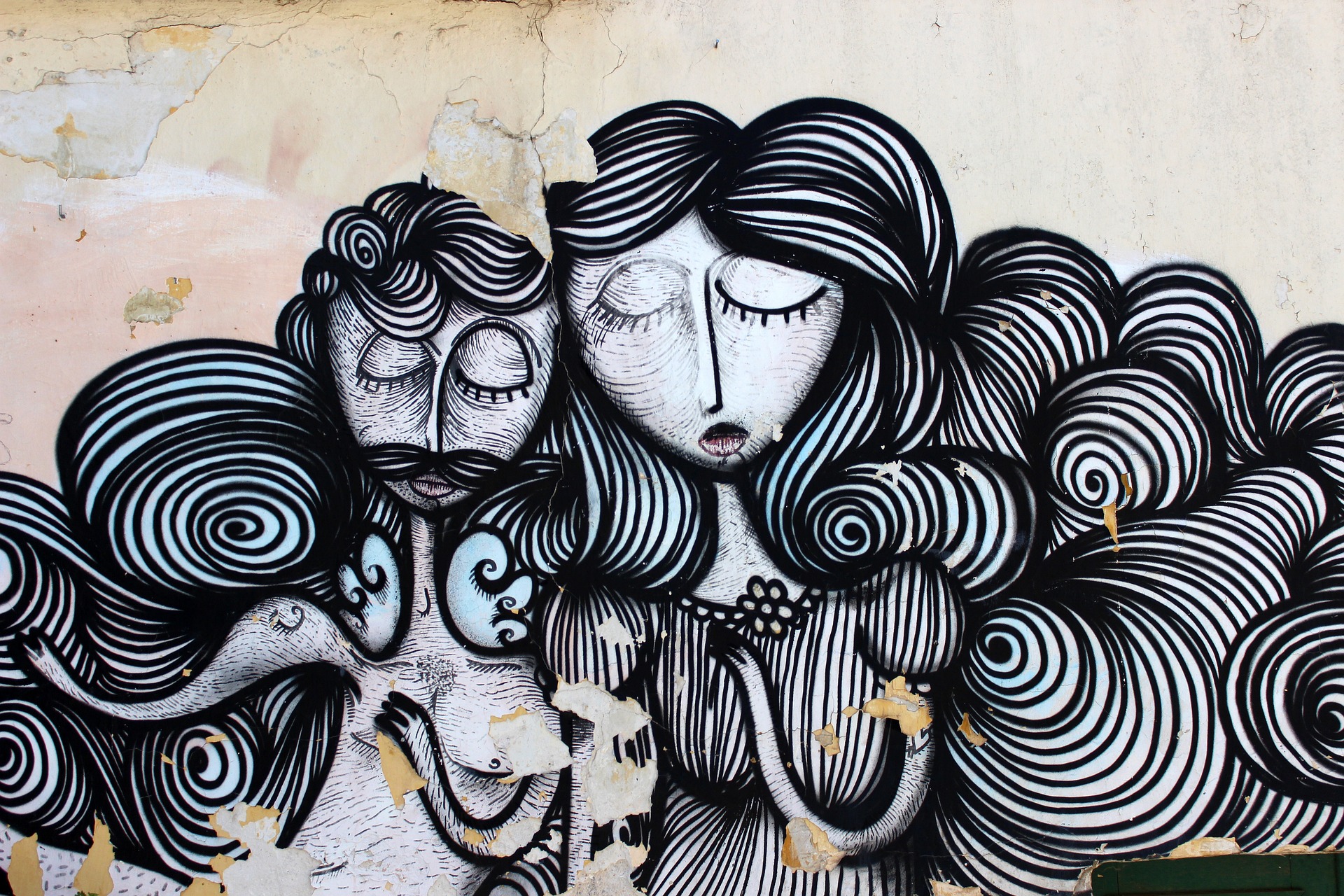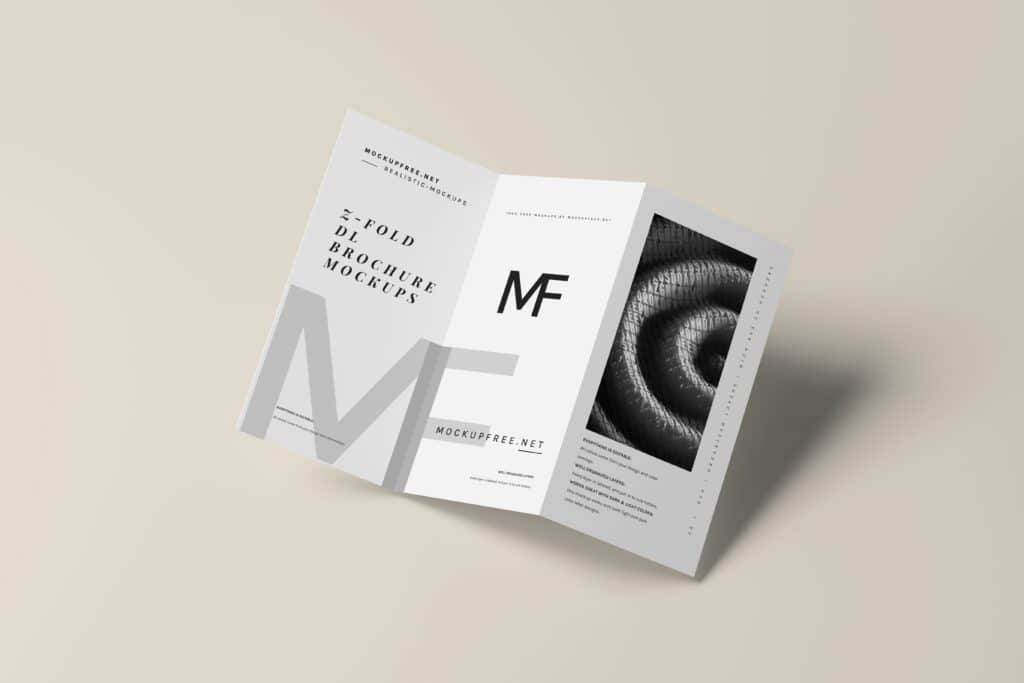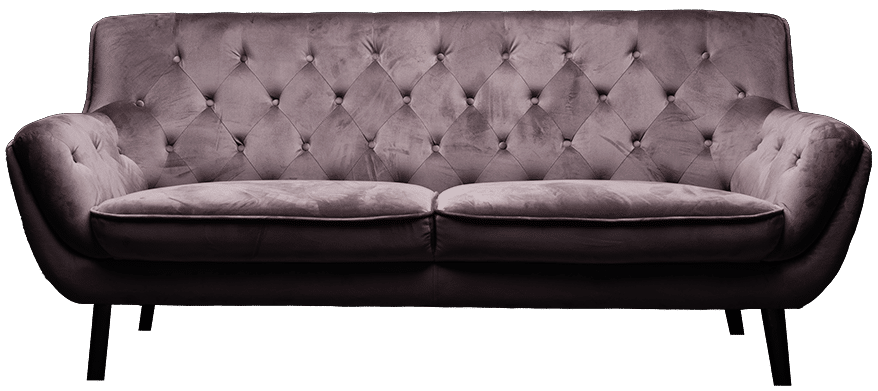Typical tasks of an Art Director include:
As an Art Director, you are responsible for the conception, design, and implementation of advertising campaigns in all facets. Your main tasks can be summarized as follows:
Tasks with clients:
You are the direct link between clients and your company. Your task is to understand the goals and wishes of the clients and to develop appropriate creative solutions. You must convincingly present your team’s ideas and concepts and negotiate with clients to ensure their satisfaction. Negotiation skills and language talent are as important as a creative mind.
Advertising campaigns:
Together with your creative team, you develop the visual design for marketing products, catalogs, commercials, websites, exhibitions, trade shows, events, and more. You lead the conception and implementation of campaigns, always focusing on the target audience and aiming for a unique, eye-catching visual appearance.
Types of media and design tools:
You are responsible for the conception and design of web projects, visual media, campaigns, brands, and TV designs. In larger companies, you work closely with the Creative Director. Together, you determine the types of media and design tools that best match the campaign’s objectives.
How to become an Art Director:
To establish yourself as an Art Director, a solid education in advertising communication, graphic design, or marketing is essential. The foundation for this is provided by studies at universities, colleges, or art academies.
Education in graphic or marketing area:
Typically, either a graphic or design degree is required for the profession of Art Director. During their studies, students acquire skills in areas such as painting, drawing, illustration, photography, digital design, typography, and image editing. In addition, courses cover topics such as printing, photography & film, layout, design and communication theories, as well as marketing. Many of these contents are further deepened during the main course of studies. Internships are mandatory in most study programs and enable the acquisition of valuable work experience.
Further education opportunities:
As an Art Director, you have various opportunities to specialize and advance your career through further education and training courses. Recommended are courses in areas such as digital marketing, online concepting, sales psychology, strategic planning, management, personnel leadership, and animation. Courses in advertising communication, offered by many adult education institutions, can also expand your expertise.
Graphic design
Salary and career prospects:
As an Art Director, you can expect an attractive salary. The starting salary according to the collective agreement is:
Salary ranges:
For graduates of a higher vocational school (BHS) up to € 2,060 gross per month.
With increasing professional experience and specialization, your salary naturally increases. Experienced Art Directors in advertising agencies earn an average of between € 3,000 and € 5,000 gross per month.
Job prospects in various industries:
In recent years, the Austrian advertising industry has seen a slight increase in advertising spending, which generally has a positive impact on employment in this area. However, competition in the job market for creative professions is very high.
As advertising campaigns are increasingly distributed online and through social media channels, advanced knowledge in digital media and online marketing can increase your chances as an Art Director. There are also job opportunities for Art Directors in areas such as graphic design, corporate design, project management, and conception for companies in various industries.
Conclusion
In summary, the profession of Art Director plays a key role in the advertising industry. As an Art Director, you are the creative mind behind advertising campaigns and bear overall responsibility for visual design and implementation. Your main tasks include:
- Conceiving and developing ideas and concepts for advertising campaigns in line with clients’ needs.
- Leading a multidisciplinary team of experts such as copywriters, graphic designers, and illustrators to implement your visions.
- Presenting and negotiating your concepts with clients.
- Determining the appropriate types of media and design tools for each campaign.
To be successful in this creative and challenging profession, you need not only technical qualifications such as a degree in graphic or marketing, but also important soft skills. These include teamwork, communication skills, organizational talent, and assertiveness. With the right mix of creativity, strategic thinking, and leadership qualities, you can create convincing advertising campaigns as an Art Director and make your visions a reality.








